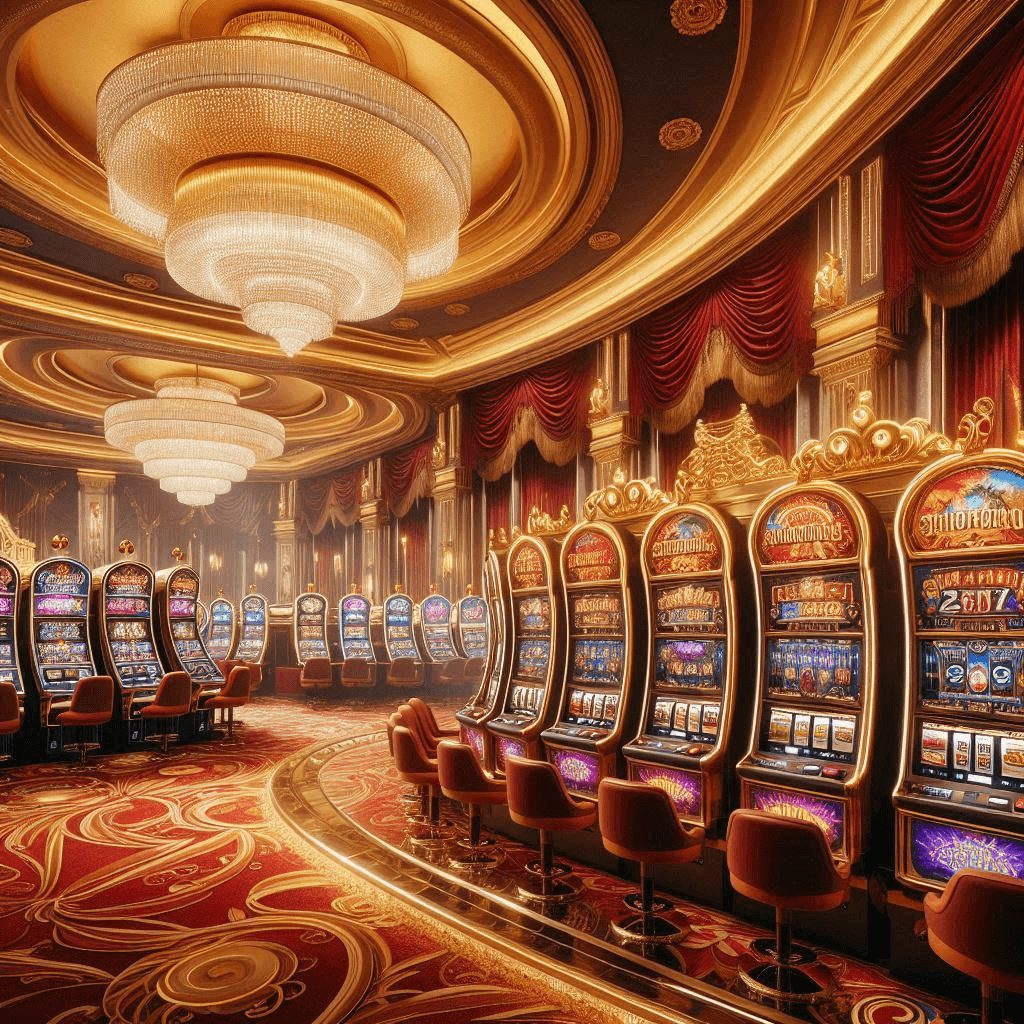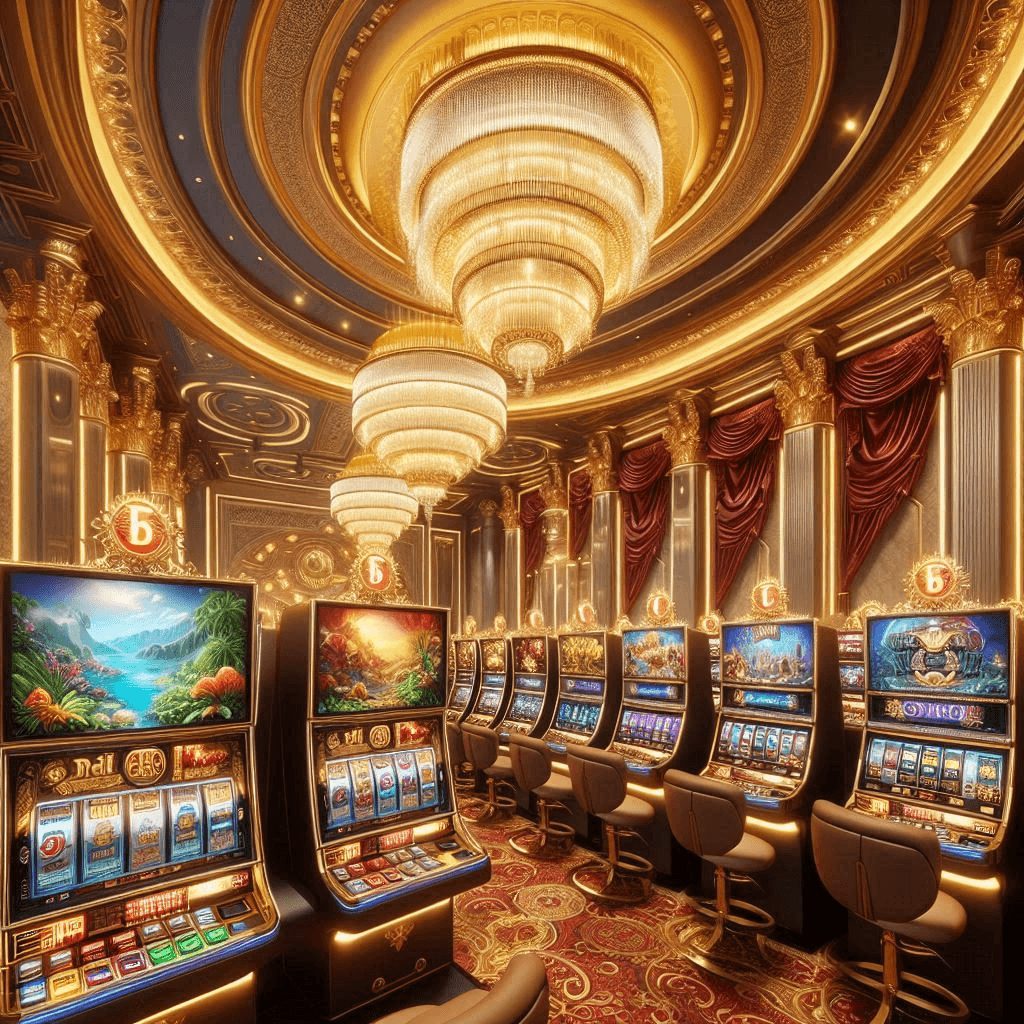n the ever-evolving world of gaming, the slot machine industry has long been a source of fascination and intrigue. As technology continues to advance, the art of slot machine design has become increasingly sophisticated, with game developers constantly striving to create experiences that captivate and enthrall players. From the intricate visual elements to the seamless integration of gameplay mechanics, the design of slot machines is a carefully orchestrated symphony of creativity and innovation.
The Evolution of Slot Machine Design
The history of slot machines can be traced back to the late 19th century, when the first mechanical “one-armed bandits” were introduced. These early machines were relatively simple in design, relying on spinning reels and the pull of a lever to generate outcomes. However, as the 20th century progressed, the slot machine industry underwent a remarkable transformation, with designers and engineers continuously pushing the boundaries of what was possible.
The advent of electronic and digital technologies revolutionized the slot machine landscape. Microprocessors allowed for the integration of complex algorithms and random number generators, which not only improved the fairness and reliability of the games but also opened up new avenues for creativity. Designers could now experiment with a wide range of visual and audio elements, creating immersive and captivating experiences that drew players in and kept them engaged.
The Psychological Aspects of Slot Machine Design
At the heart of slot machine design lies a deep understanding of human psychology. Game developers meticulously study player behavior, motivation, and cognitive patterns to create experiences that tap into the very essence of what makes us human.
One of the key psychological principles leveraged in slot machine design is the concept of “variable ratio reinforcement.” This principle suggests that the anticipation and unpredictability of rewards are more effective in maintaining player engagement than a consistent and predictable reward schedule. Slot machines capitalize on this by incorporating a variable payout structure, where players never know exactly when they will hit a jackpot or win a significant prize.
Additionally, the use of visual and auditory cues, such as flashing lights, vibrant colors, and captivating sound effects, creates a sense of excitement and anticipation. These elements work in tandem to trigger the release of dopamine, a neurotransmitter associated with pleasure and reward, further reinforcing the player’s desire to continue engaging with the game.


The Art of Immersion: Designing Captivating Slot Experiences
Slot machine designers understand that creating a truly immersive experience goes beyond the mere mechanics of the game. They employ a multitude of techniques to craft environments that transport players to captivating virtual worlds.
One such technique is the use of themed slot machines, which transport players to different eras, cultures, or fantastical realms. By weaving intricate narratives and incorporating thematic visual elements, designers can create a sense of escapism and wonder that keeps players engaged and eager to explore the game further.
The integration of progressive jackpots is another key aspect of slot machine design. These massive, ever-increasing prizes create a sense of anticipation and excitement, fueling the player’s desire to continue playing in the hopes of striking it rich. The allure of the “big win” is a powerful psychological driver that slot machine designers leverage to great effect.
The Importance of User Experience
In the realm of slot machine design, the user experience is of paramount importance. Designers must strike a delicate balance between captivating visuals, intuitive mechanics, and seamless accessibility to ensure that players are not only drawn in but also able to navigate the game with ease.
Responsive and intuitive interfaces are a hallmark of well-designed slot machines. Players should be able to quickly understand the game’s controls, navigate the various features and options, and engage with the game without encountering frustrating obstacles or confusing elements.
Attention to detail is also crucial in creating a polished and cohesive user experience. From the smoothness of reel animations to the synchronization of audio and visual cues, every aspect of the design must work in harmony to create a truly immersive and satisfying gaming experience.
The Future of Slot Machine Design
As technology continues to evolve, the future of slot machine design holds immense potential. Advancements in areas such as virtual reality (VR), augmented reality (AR), and artificial intelligence (AI) are poised to revolutionize the way players interact with and experience slot machines.
VR technology, for instance, has the ability to transport players to fully immersive virtual environments, where they can physically interact with the game elements and feel a deeper sense of engagement. Meanwhile, AR can seamlessly blend digital content with the physical world, creating new and innovative ways for players to experience slot machines.
The integration of AI-powered systems can also enhance the personalization and adaptability of slot machine experiences. By analyzing player behavior and preferences, AI algorithms can tailor the game elements, bonus features, and even the visual and audio cues to cater to each individual’s unique preferences and playing style.
Conclusion
The art of slot machine design is a captivating and multifaceted endeavor, requiring a deep understanding of human psychology, a mastery of technological innovation, and a relentless pursuit of creating experiences that captivate and enthrall players.
As the industry continues to evolve, slot machine designers will undoubtedly push the boundaries of what is possible, crafting ever-more immersive and engaging experiences that transport players to new and exciting virtual realms. By continuously honing their craft and staying attuned to the ever-changing desires of their audience, these designers will continue to redefine the expectations of the slot machine experience, solidifying their position as true artists in the gaming industry.
FAQs
-
What are the key psychological principles that slot machine designers leverage?
The key psychological principles that slot machine designers leverage include variable ratio reinforcement, the use of visual and auditory cues to trigger dopamine release, and the creation of a sense of anticipation and excitement through features like progressive jackpots.
-
How do themed slot machines contribute to the player’s immersion?
Themed slot machines transport players to different eras, cultures, or fantastical realms by weaving intricate narratives and incorporating thematic visual elements. This creates a sense of escapism and wonder that keeps players engaged and eager to explore the game further.
-
What role does user experience play in slot machine design?
User experience is of paramount importance in slot machine design. Designers must strike a balance between captivating visuals, intuitive mechanics, and seamless accessibility to ensure that players are not only drawn in but also able to navigate the game with ease. Attention to detail, from smooth reel animations to synchronized audio and visual cues, is crucial in creating a polished and cohesive user experience.
-
How are advancements in technology shaping the future of slot machine design?
Advancements in technology, such as virtual reality (VR), augmented reality (AR), and artificial intelligence (AI), are poised to revolutionize the way players interact with and experience slot machines. VR can transport players to fully immersive virtual environments, AR can blend digital content with the physical world, and AI can enhance personalization and adaptability of the gaming experience.
-
What sets the most successful slot machine designers apart from their peers?
The most successful slot machine designers are those who possess a deep understanding of human psychology, a mastery of technological innovation, and a relentless pursuit of creating experiences that captivate and enthrall players. They continuously push the boundaries of what is possible, crafting ever-more immersive and engaging experiences that transport players to new and exciting virtual realms.
